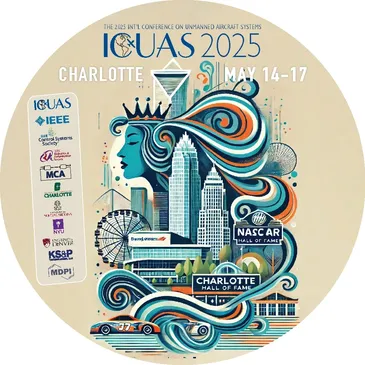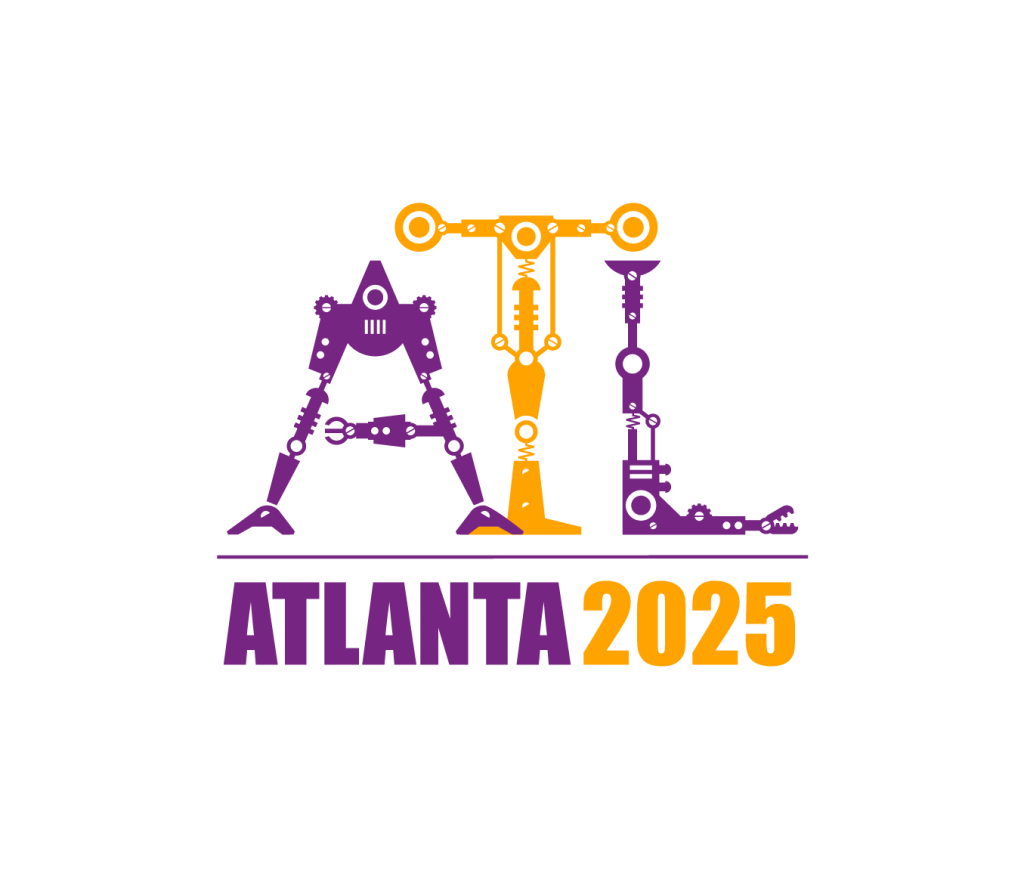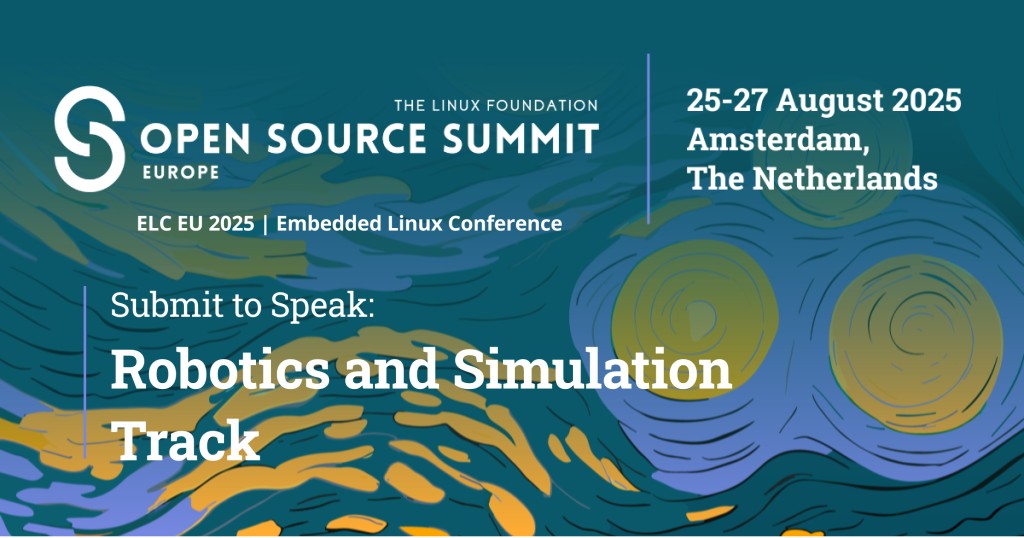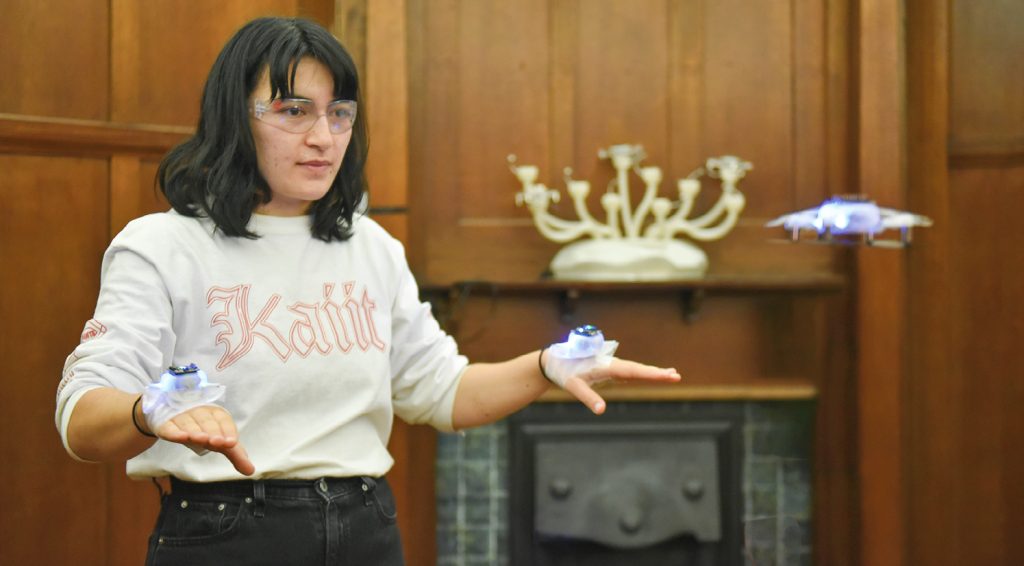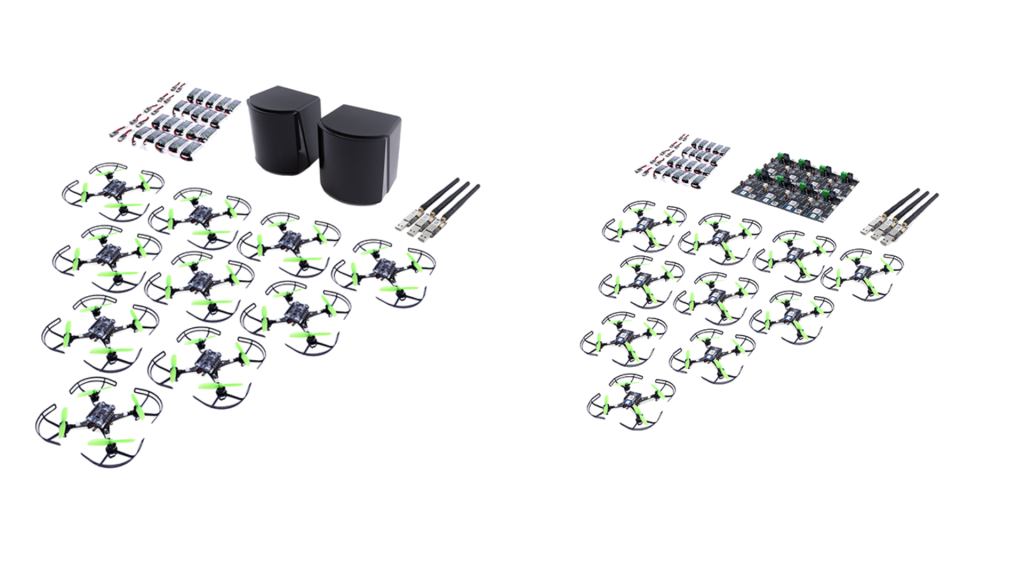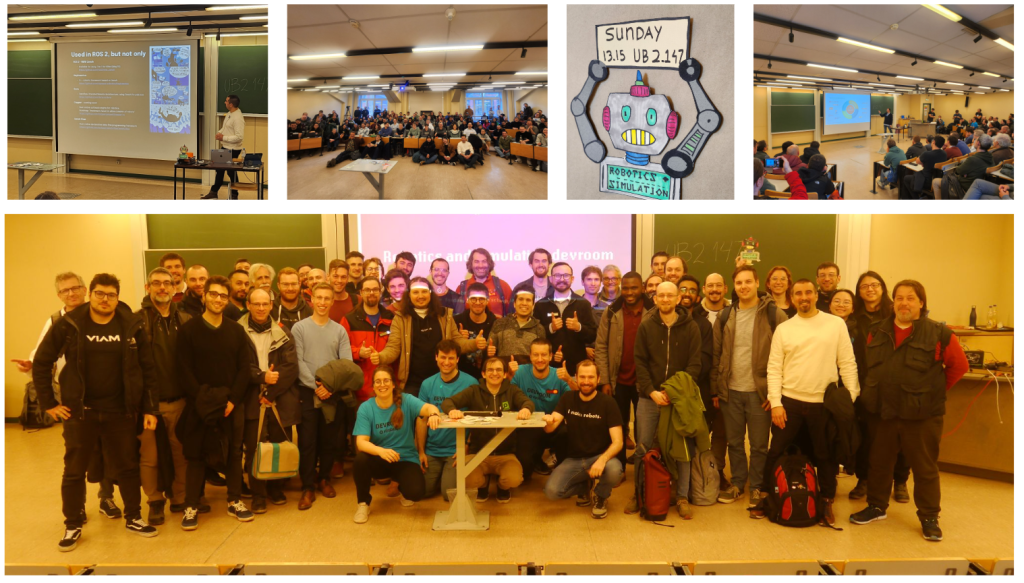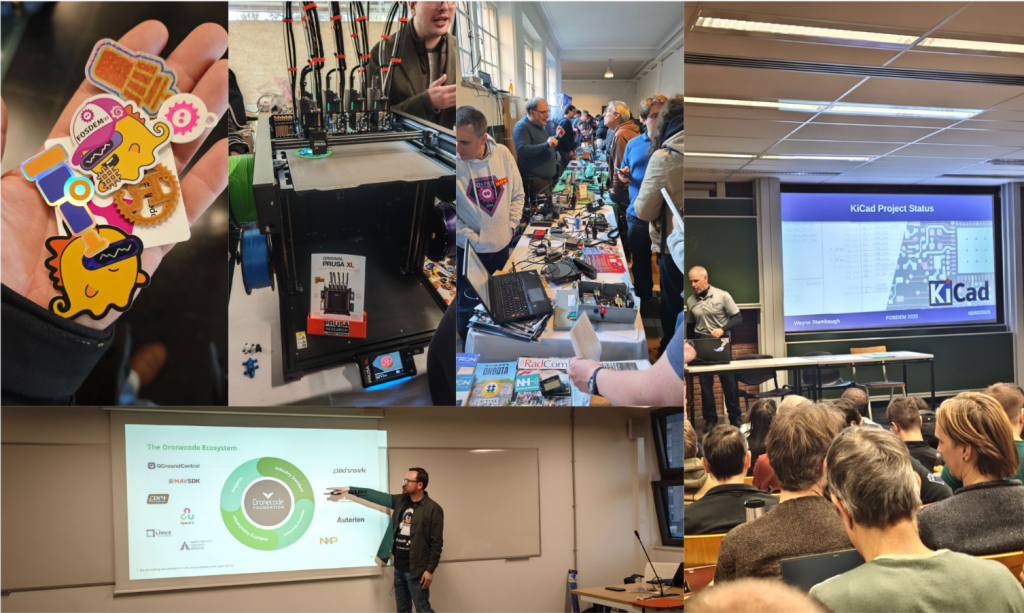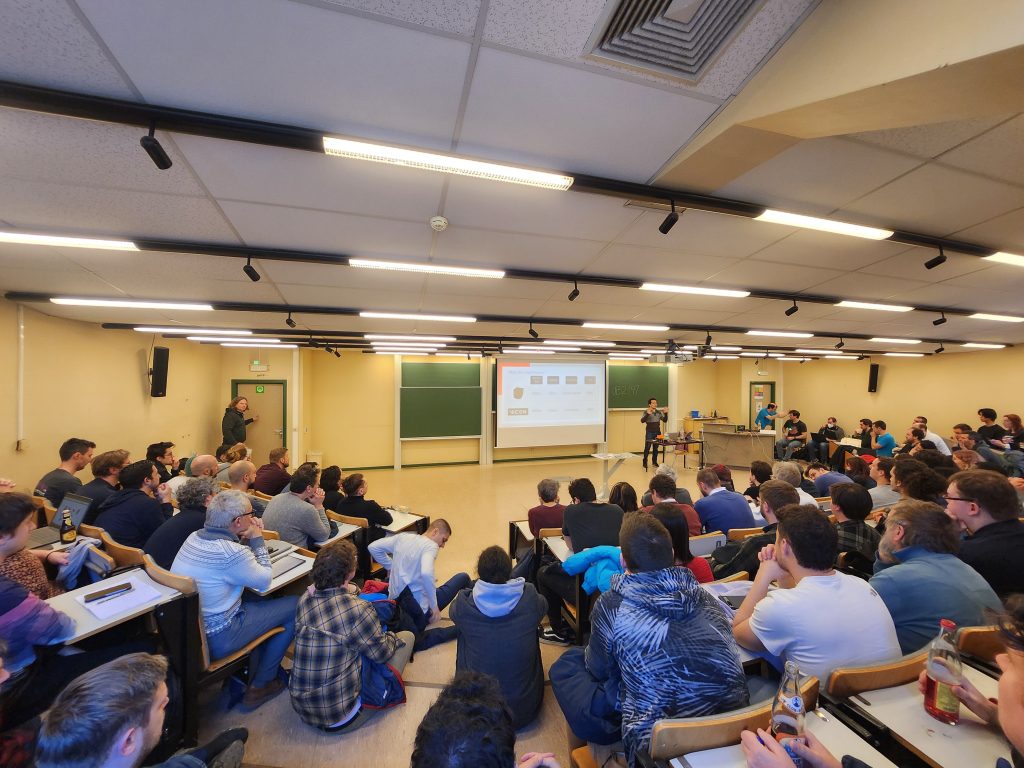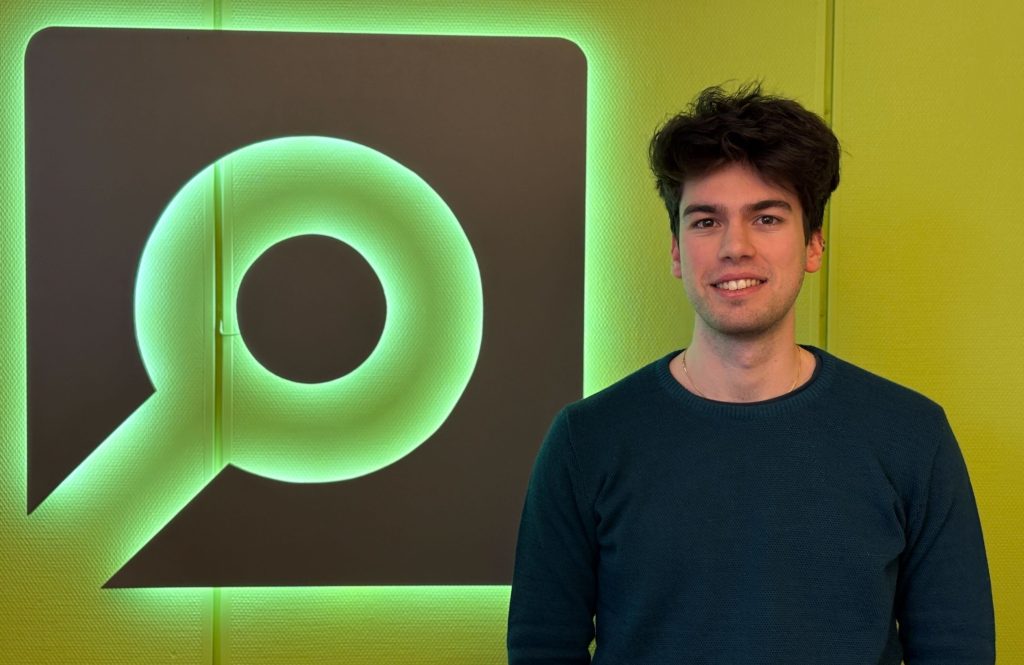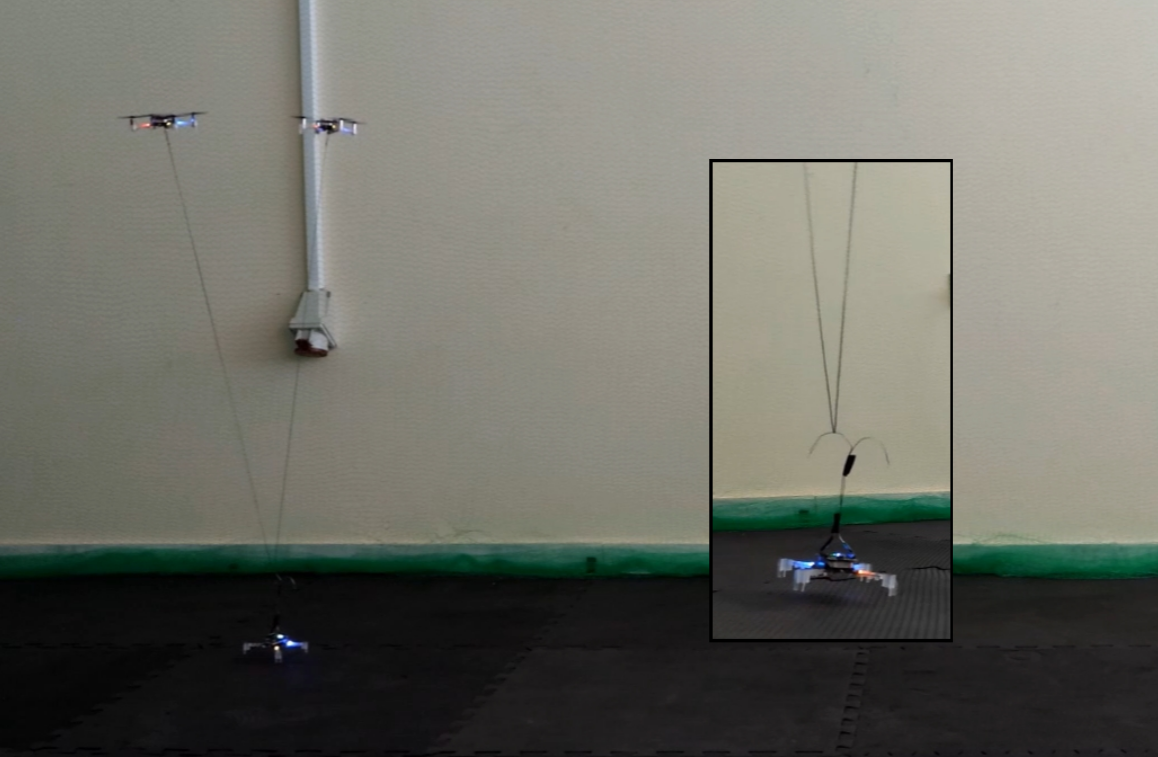In just two weeks, we’re packing our Crazyflies and heading off for a busy and exciting couple of events: ICUAS (International Conference on Unmanned Aircraft Systems) and ICRA (IEEE International Conference on Robotics and Automation) in Atlanta.
This year is a bit different for us: not only will we be showing some new prototypes, but we’re also giving three presentations across the two conferences.
In this post, we’ll share a quick overview of what we’ll be presenting and a first glimpse at the prototypes we’re bringing along.
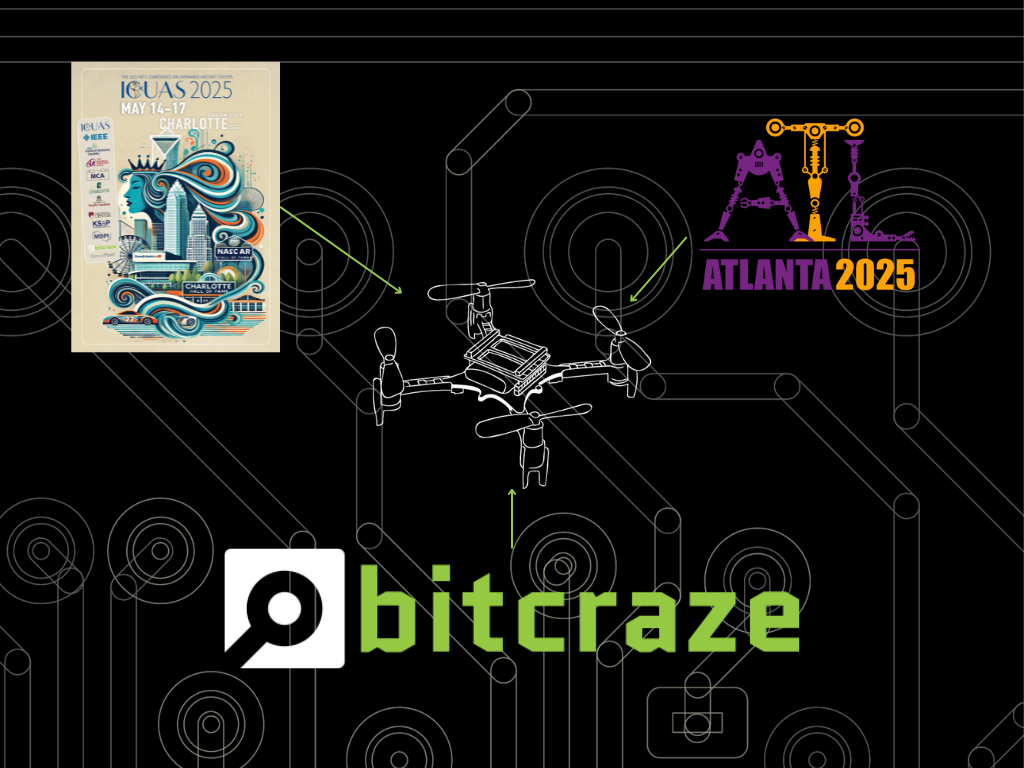
ICUAS 2025
Charlotte, N.C.
May 14-17
First stop: ICUAS, where we’re proud to sponsor the competition. Teams will be using Crazyflies both in simulation and real life to deploy UAV teams in an urban environment to identify threats – and we’ll be there to support them!
But that’s not all:
As part of the workshop “Embodied-AI for Aerial Robots: What do we need for full autonomy?“, Rik will present a keynote titled “Crazyflie and the Realities of Edge AI.” The talk shares practical lessons from bringing AI onto the Crazyflie, covering challenges with complex toolchains, fragmented ecosystems, and the gap between expectations and real-world constraints, along with a look at how new hardware developments could reshape what is possible for small aerial robots.
It’s our first time attending ICUAS, and we’re thrilled to not only be part of the competition but to actively contribute to the technical discussions.
ICRA 2025
Atlanta, GA
May 19-23
Just two days after ICUAS ends, we’re heading straight to ICRA in Atlanta.
You’ll find us at booth 131, right in front of the Tech Talk stage – come by and say hello!
At ICRA, Rik will speak in the workshop “25 Years of Research in Aerial Robotics“, giving a talk titled “Crazyflie and the Art of Getting Where You Meant To Go“. He’ll reflect on Bitcraze’s journey through the classic aerial robotics challenge of positioning, from the early days of building a tiny, modular flying PCB to supporting researchers around the world.
We’ll also take part in the Undergraduate Robotics Education Forum on May 22nd, where Barbara will be presenting a poster about Crazyflie as an educational platform.
New Prototype Sneak Peek
As always, we’re bringing prototypes for upcoming products:
We’ll be showing a prototype of a straightforward camera deck with WiFi streaming, aimed at adding basic visual capabilities to the Crazyflie.
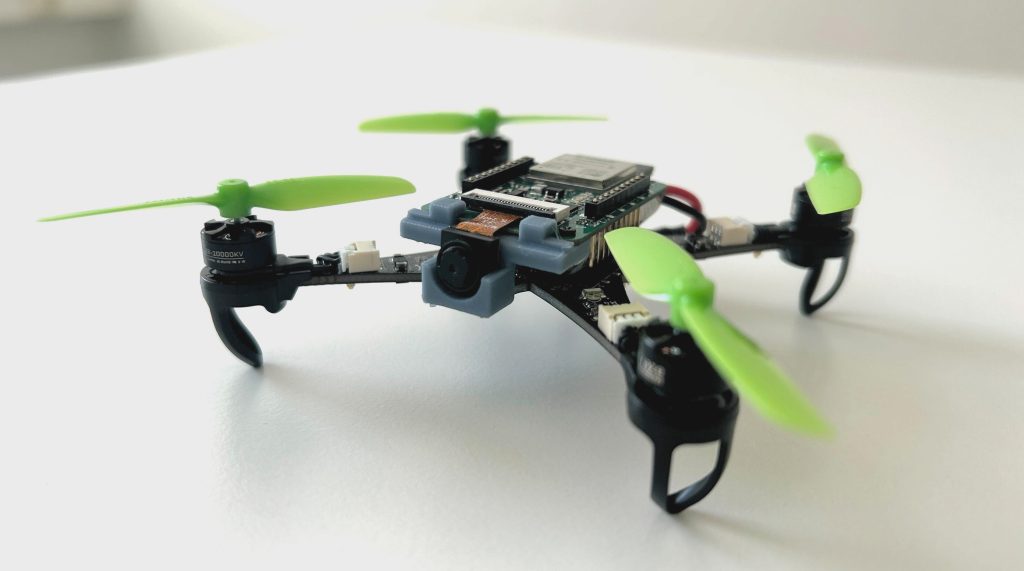
We’ll also bring an updated demo setup with even more Brushless Crazyflies and charging docks — combining the best parts of last year’s ICRA presentation and our current “fish tank” office demo.
The demo will also feature prototype High Power LED decks, a new product we’re currently working on.
If you’re curious about what’s next for Crazyflie, this is a perfect chance to get an early look and chat with us about it!
Bring Your Posters!
Last year, we decorated the Bitcraze office with posters from researchers working with Crazyflies, and it turned out amazing. We’d love to do it again!
If you have a poster you’re proud of featuring Crazyflie, bring it by the booth – we’ll swap it for a little Bitcraze surprise.
All in all, it’s shaping up to be two incredible weeks.
Whether you’re attending ICUAS, ICRA, or both, stop by to see the Crazyflies in action, hear what we’re working on, and chat with us.
We can’t wait to reconnect with old friends and meet new ones — see you soon!
